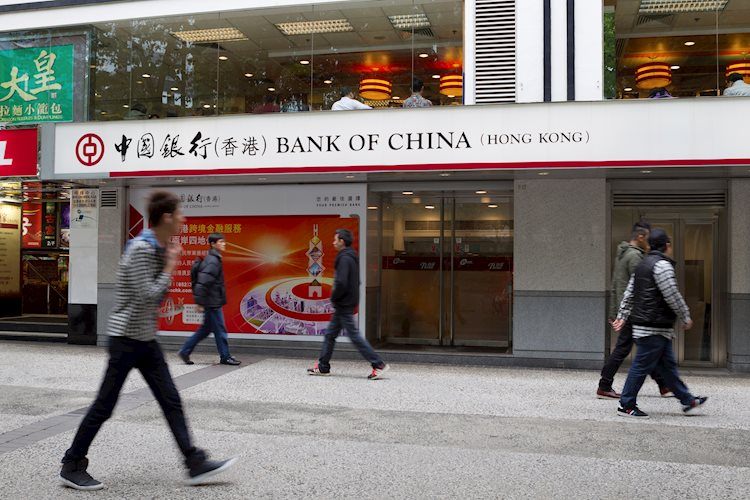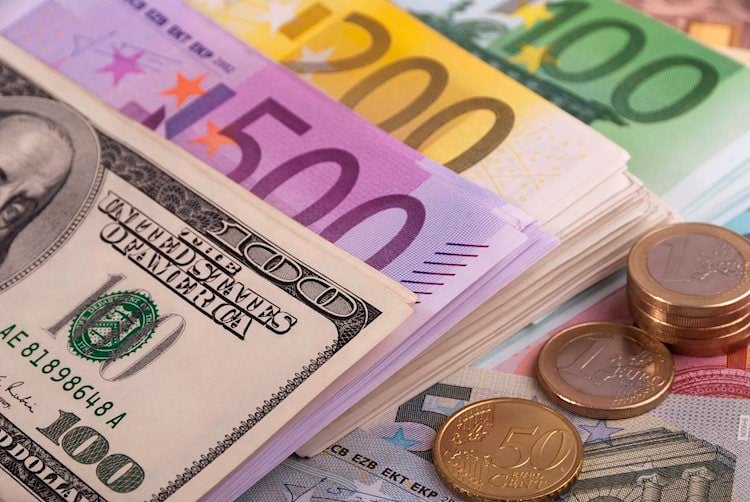AUD/JPY gains ground as RBA is expected to maintain higher rates for an extended period.
The fear of Japan’s intervention could limit the advance of the pair.
Australian Retail Sales (Q1) declined 0.4% in Q1, swinging from the previous quarter’s 0.4% growth.
AUD/JPY continues its winning streak that began on May 2, trading around 102.50 during the European session on Thursday. However, the fear of intervention from the Japanese authorities is expected to cap the AUD/JPY cross’s upward movement.
Japan’s 10-year government bond yield has surged to around 0.9%, approaching six-month highs in response to the summary of the Bank of Japan’s (BoJ) April policy meeting. During the meeting, the board acknowledged upside risks to inflation and deliberated scenarios that could necessitate further interest rate hikes. This statement underscored BoJ Governor Kazuo Ueda’s recent remarks hinting at the possibility of multiple rate increases in the upcoming months.
On the AUD front, Australian Retail Sales (QoQ), which measures the volume of goods sold by retailers in Australia, saw a decline of 0.4% in the first quarter of 2024. This represents a reversal from the 0.4% growth observed in the fourth quarter of 2023.
The Australian Dollar (AUD) may encounter challenges due to the Reserve Bank of Australia (RBA)’s less hawkish stance, particularly following the Monthly Consumer Price Index (YoY) for March, which surged to 3.5%, surpassing the expected reading of 3.4%.
The RBA acknowledged a recent halt in progress toward controlling inflation, maintaining a stance of keeping options open. RBA Governor Michele Bullock emphasized the importance of remaining vigilant regarding inflation risks. Bullock believes that current interest rates are suitably positioned to guide inflation back within its target range of 2-3% by the second half of 2025 and to the midpoint by 2026.
Share:
Feed news





